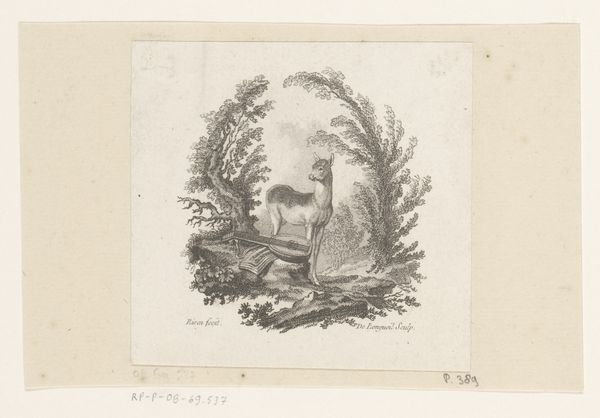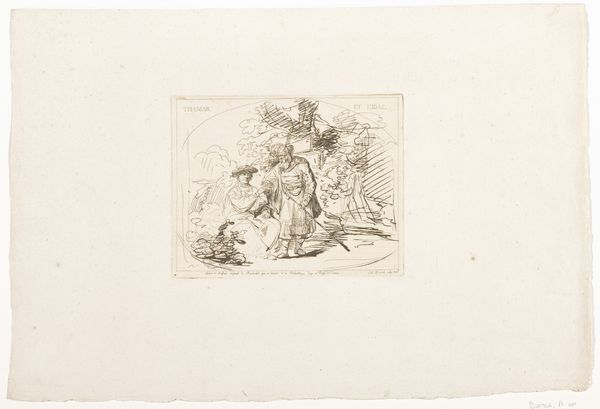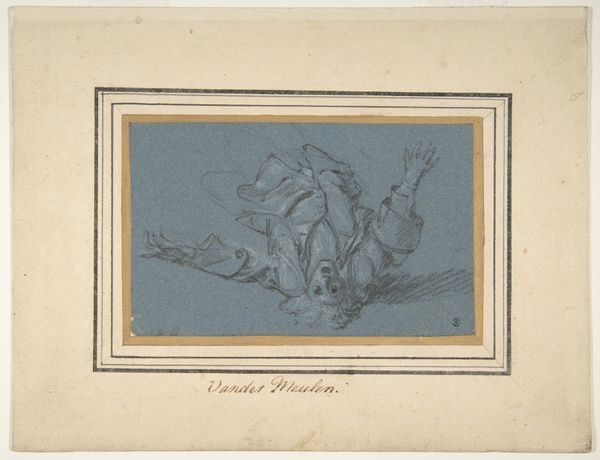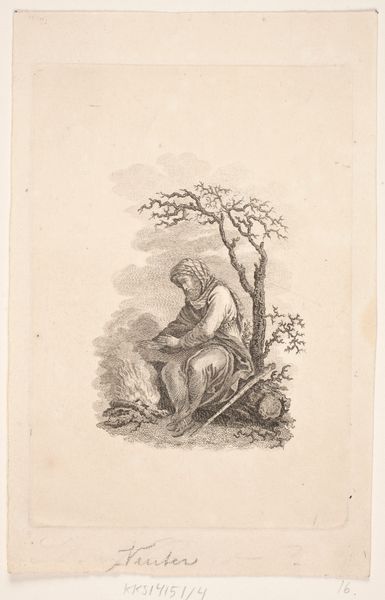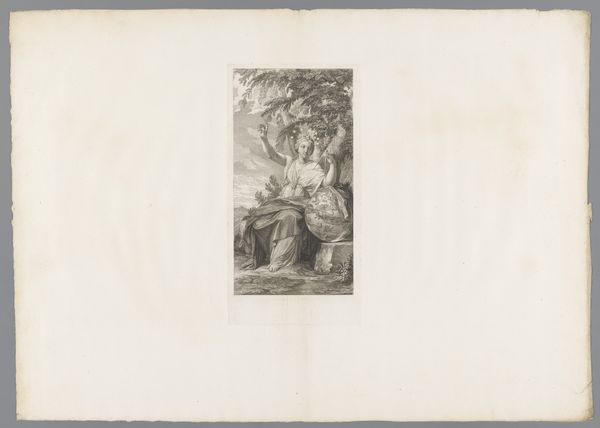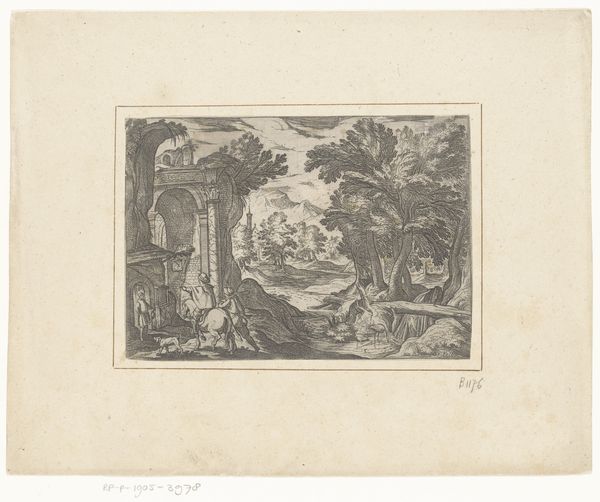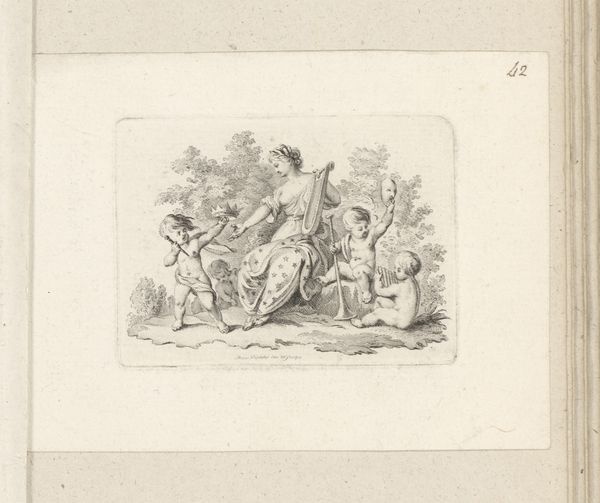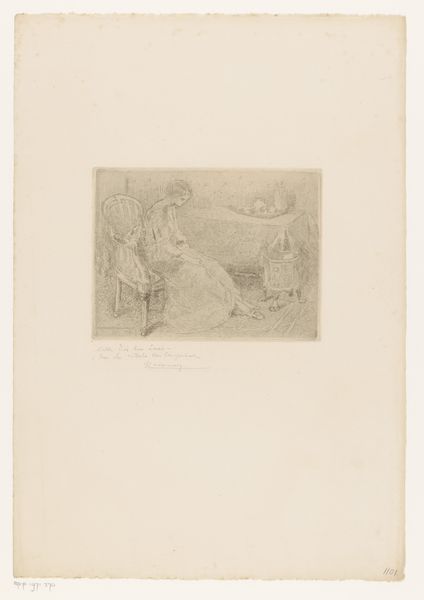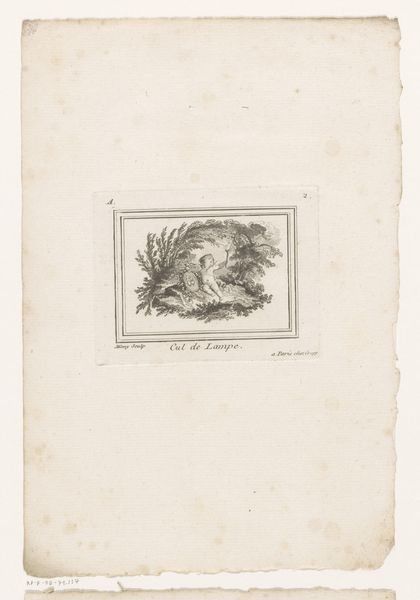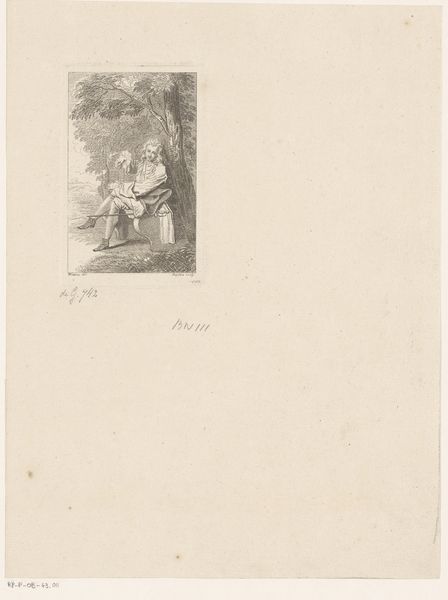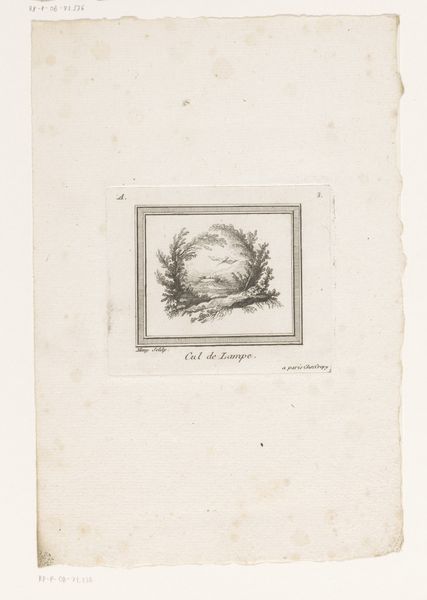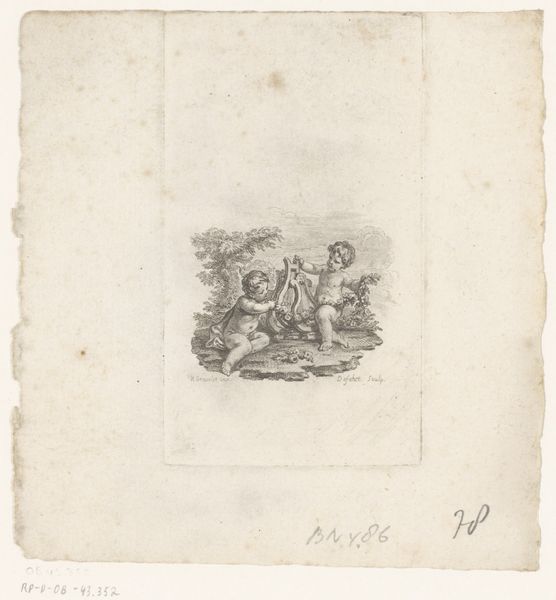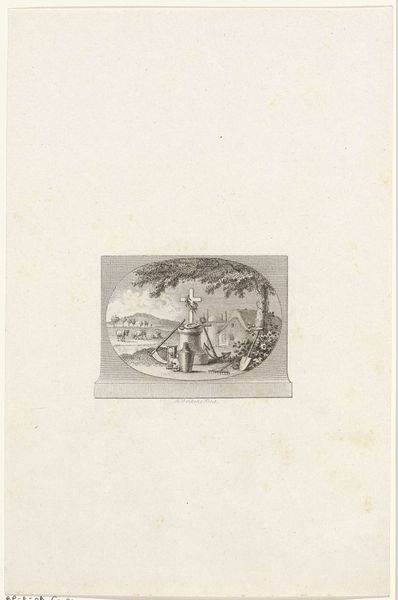
Dimensions: height 98 mm, width 93 mm
Copyright: Rijks Museum: Open Domain
Joseph de Longueil created this image of a bird of prey on a branch with a mirror in the late 18th century. It's an engraving, meaning the artist would have used a sharp tool, called a burin, to carve lines into a metal plate. The fineness of line is remarkable; look closely and you can see how de Longueil skillfully rendered the bird’s feathers, the rough texture of the branch, and even the reflective surface of the mirror. This wasn't just about technical skill, though. Engraving had long been used for mass production, making images accessible to a wider audience. De Longueil's choice of this medium suggests a desire to participate in the circulation of ideas and aesthetics beyond the elite circles of painting and sculpture. The labor-intensive nature of engraving also speaks to a different kind of artistic value – one rooted in patience, precision, and the democratization of art. It reminds us that art isn't just about individual genius, but also about the social and economic contexts that shape its creation and consumption.
Comments
No comments
Be the first to comment and join the conversation on the ultimate creative platform.
